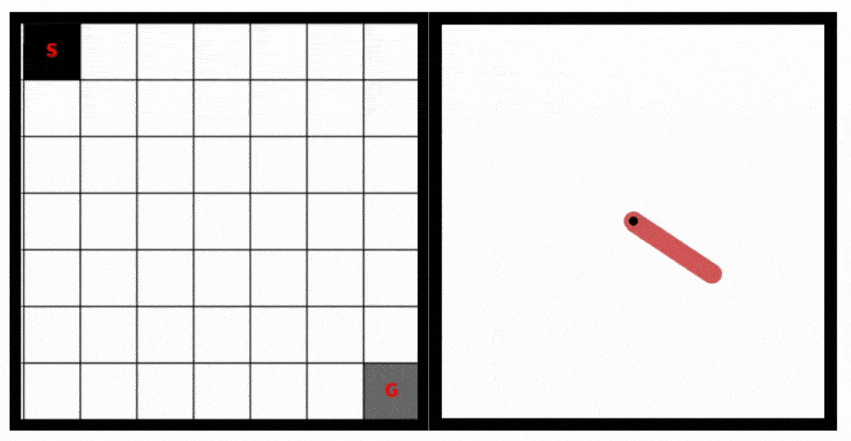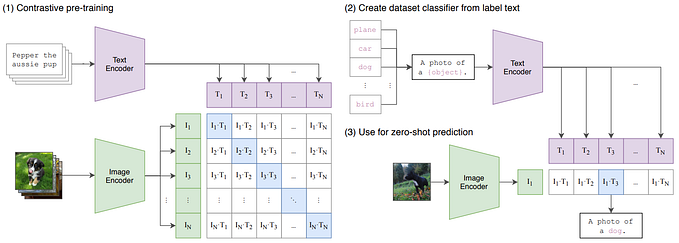How to Write a PhD Thesis

Writing a 80,000 word PhD Thesis is like building a house, from scratch, with no instructions. We can break the process down into 3 main parts:
1. Laying the Foundations — The Literature Review
It’s time to get your hands dirty. For the first year, read everything and anything related to your PhD topic. This includes academic books, text books, journal articles, newspaper articles, novels, films, plays, and anything else you can get your hands on. If you don’t like reading then find a way to like it, even better to love it. You have to do a lot of it. If you really hate reading and can’t get into the material, then consider if a PhD is really a good option for you at this stage. Bare in mind that there are also audio books and visual content that you can consume, so there may be clever work arounds to keep you digging into the material if you are motivated and interested enough.
The idea is to spread the net wide in terms of both sources and content. You want to become THE expert in your niche subject. There are no “wrong” things to read at this stage, you are building up your knowledge bank regardless of what level of expertise that you start at. In fact, I found that some of the most interesting, engaging and thought-provoking pieces came from making connections between previously disconnected works, fields, sub-disciplines and writers. Be creative. It’s your literature review to play with, there is no-one telling you what you can and ca’t read. If it captures your imagination and seems relevant — go for it.
I found that the best way to take and organise notes for my in-depth literature review was by highlighting any relevant or captivating quotes in the text, and then reading on. This allowed me to keep my train of thought alive, to immerse in the text, but also pick up on bits that I could then re-visit with fresh eyes. At the end of the text, I would go back and copy the highlighted sections into a separate word document, being sure to write down the source from where it came from. This may seem like a laborious or tedious process at times, but the process of re-writing out the notes allows you to absorb them, consider them, and analyse them as you go along. Naturally you start to pick out common themes, uncommon themes, and gaps in your knowledge that you might want to fill. If you don’t organise your notes in some systematic way, you are going to have a nightmare year. And the value of your literature review will be reduced. If, on the other hand, you are able to capture the value of your reading and thinking in a broad and structured way, then this lays rock solid foundations for your PhD.
The main goals of the literature review are to:
(I) Build a CONCEPTUAL framework for the PhD thesis.
This is your theoretical or conceptual argument and creates the basis of your original contribution to academic theory and knowledge. This is the WHY you are doing what you are doing, from an academic point of view. It is what your examiners and your tutors will care about, and keep pushing you to refine over the entire PhD process.
(II) Build your RESEARCH QUESTIONS
Working within your conceptual framework, your research questions are the specific un-answered questions that you want to address and answer through your research. They narrow down your broad literature review to pin point focus on what exactly you are investigating and why you are investigating it. These are difficult to write and take a lot of refining over the first year. While you may have some pre-conceptions of research questions when you enter the literature review phase, I would put them to one side for the first 6 months and then look at them towards the second half of the year. This allows you to go in with less cognitive bias and greater chance of developing the best research questions possible for your PhD Thesis.
Taken together, these two reasons make the literature review so important and something to be done properly, with good time spent on it, and focusing on the subject, conceptual framework, and research questions in real depth. Take the time to read, immerse in the subject. Enjoy the ride of following your interest and soaking in the expert ideas, opinions and insights of other people’s work. It is building the foundations for your own creativity to flourish in the development of your conceptual framework and specific research questions.
2. Building the Structure — Data
Once you’ve laid the foundations with your literature review, it’s time to build the structure by gathering and analysing data. The way you gather your data and the type of data you gather depends on your conceptual framework and research questions — i.e. your research design. There is a plethora of work on research methods and this should form part of your literature review — as you read everything on the subject see how previous scholars have conducted research on their topics. How have they answered their research questions? What tools and methodologies have they used? What works? What doesn’t work? What provides the strongest evidence?
While going into research methods in depth is out of scope of this article, it is another fascinating part of the PhD process that you have to get your head around. The aim is to design and execute a robust, rigorous, and defensible research methodology, so that you can gather the qualitative and/or quantitative data that you need to answer your research questions and build your conceptual argument IN PRACTICE.
Without this data you cannot progress to the next stage as you have learnt nothing new to contribute to the field of knowledge. With this research data, however, you are good to go onto the next and final phase — the write-up.
3. Painting and Decorating — The Write-Up
Ah the write-up. Where every PhD student that I’ve ever spoken to has tussled with the beast that is the PhD thesis itself. 80,000 words. The number sounds daunting. Paradoxically, however, after 2 years of literature review and data gathering and analysis, you tend to have far more than 80,000 words to say so the challenge is often cutting the words down in the final edit — but we’ll get on to that in a moment.
The point of the write-up is to share your findings. It sounds simple enough, right? Well on one level it is. But writing a 80,000 word thesis is not simple. Everyone approaches the write-up in slightly different ways and I implore you to find a way that works for you and stick with it. But there are a few fundamental tips that worked well for me.
Structure
Look at examples of previous PhD Theses that have done well at examination, and you can start to see a common structure that a lot of them follow. It goes something like this, with some variations:
- Title page
- Abstract
- Statement of Originality
- Acknowledgements
- Contents (including Figures, Tables, Plates, Abbreviations)
- Chapter 1 — Introduction
- Chapter 2 — Literature Review and Theoretical/Conceptual Framework (including Research Questions)
- Chapter 3 — Methodology
- Chapter 4 — Empirical Analysis Chapter (1)
- Chapter 5 — Empirical Analysis Chapter (2)
- Chapter 6 — Empirical Analysis Chapter (3)
- Chapter 7 — Conclusion
- Appendix
- Bibliography
Writing & Editing
I start with headings, then sub-headings, then go back and fill in the words with increasing levels of granularity. Try to write as clearly and concisely as possible. Don’t waste any words. The fewer words that you can use to get your point across, the better. To me, academic language is not about being overly flowery or complicated for the sake of it. Instead, it’s about making complex ideas into simple, digestible form. Not everyone would agree with me, and each has their own writing style.
Do a first draft. Just get it out. In all its imperfection. Allow it to flow in messiness, crap, good, bad, and ugly. Try not to judge it as you are creating it, just create it. Then you can do as much editing and re-writing as you want to polish it off, change it, tweak it, add, edit, remove and move chunks around. Do everything on computer if you can so that you can edit and save as you go. Back your work up in multiple places, for example on Google Drive, as well as your machine hard drive and an external hard drive or a USB. The last thing you want is to lose your hard work and have to do it all again (it has happened to many people).
In terms of writing order, I started with Chapter 2, then Chapter 3 to 7, then the Conclusion, and then Wrote the Introduction and Abstract last. Each to their own but this allowed me to work through in a logical way and get the best out of each chapter in my opinion.
Try and find a work rhythm that works for you. Whether that is a set number of hours, morning, afternoon, evening chunks, silence, music, alone or co-working — just do what you have to do to get it done. I recommend regular exercise to clear the head and keep your mood up in the times of stress, frustration, or low mood. Lean on your friends and family for support if you need cheering up, don’t let the PhD Thesis take over your entire life (even though it inevitably will, especially in the last few months push). Some people have made the analogy with giving birth — I have no idea if this is a fair analogy or not but I do know that finishing a PhD is hard. I went a bit mad with commas and full stops at the end of mine, and that’s how I knew it was time to give up and hand it in :)
I’m sure there are a thousand other things that could be added to this article but I’ve come to a natural close so I’ll stop there and say GOOD LUCK! If you have any follow-up questions about doing a PhD then please do feel free to email me at joshuaphillips95@gmail.com and I’ll be happy to offer any information, advice or guidance that I can. It’s not an easy process, but I found it an incredible brain training and a privileged opportunity to be paid to study and train your brain and contribute new knowledge over a three (mine took four ;)) year period. Cheers, Josh
P.s. Here’s a link to my PhD Thesis if you want to check it out.






